Quantifying quanta
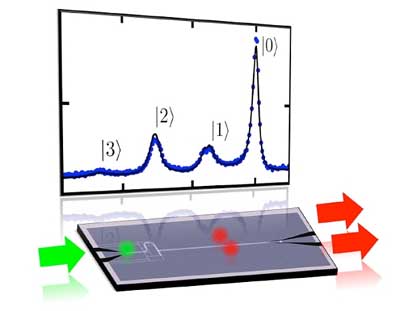 Elementary quantum-computing device used to observe quanta in propagating microwaves.
Elementary quantum-computing device used to observe quanta in propagating microwaves.
Nov 27th, 2017
Read more
 Elementary quantum-computing device used to observe quanta in propagating microwaves.
Elementary quantum-computing device used to observe quanta in propagating microwaves.
Nov 27th, 2017
Read more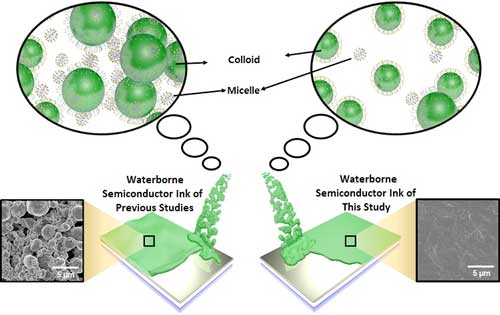 Researchers have developed a technology to produce environmentally friendly water-borne semiconductor inks using surfactant. The result is expected to be applied to various electronic devices with a semiconductor surface control technique.
Researchers have developed a technology to produce environmentally friendly water-borne semiconductor inks using surfactant. The result is expected to be applied to various electronic devices with a semiconductor surface control technique.
Nov 27th, 2017
Read more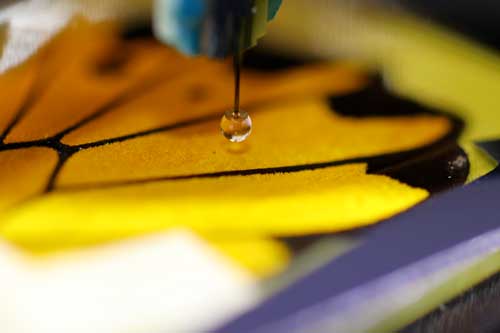 Researchers have developed a measurement technique called Scanning Droplet Adhesion Microscopy (SDAM) to understand and characterize the wetting properties of superhydrophobic materials.
Researchers have developed a measurement technique called Scanning Droplet Adhesion Microscopy (SDAM) to understand and characterize the wetting properties of superhydrophobic materials.
Nov 27th, 2017
Read more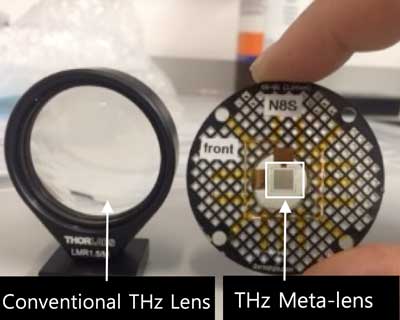 These optical devices, made of graphene and a punctured gold surface, could become optical components for advanced applications, such as amplitude tunable lenses, lasers (i.e. vortex phase plates), and dynamic holography.
These optical devices, made of graphene and a punctured gold surface, could become optical components for advanced applications, such as amplitude tunable lenses, lasers (i.e. vortex phase plates), and dynamic holography.
Nov 27th, 2017
Read more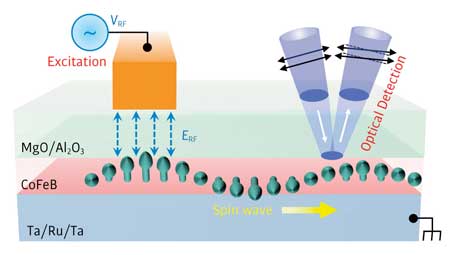 Successful injection of tiny ripples into ultrathin magnetic films holds promise for computer chips that never overheat.
Successful injection of tiny ripples into ultrathin magnetic films holds promise for computer chips that never overheat.
Nov 24th, 2017
Read more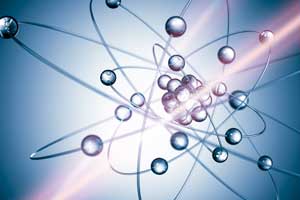 Method of laser cooling may speed up investigations into magnetism and superconductivity.
Method of laser cooling may speed up investigations into magnetism and superconductivity.
Nov 23rd, 2017
Read more Buildings of the future may come equipped with windows that can generate their own electricity.
Buildings of the future may come equipped with windows that can generate their own electricity.
Nov 23rd, 2017
Read more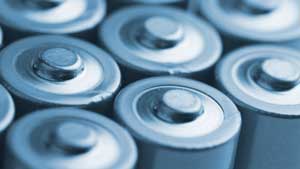 Researchers have developed a prototype of a novel solid sodium battery with the potential to store extra energy.
Researchers have developed a prototype of a novel solid sodium battery with the potential to store extra energy.
Nov 23rd, 2017
Read more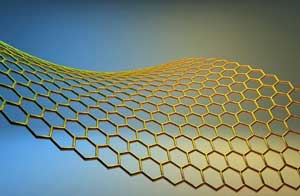 Researcher wins Air Force Young Investigator Award to develop next-generation hybrid optical communications.
Researcher wins Air Force Young Investigator Award to develop next-generation hybrid optical communications.
Nov 22nd, 2017
Read more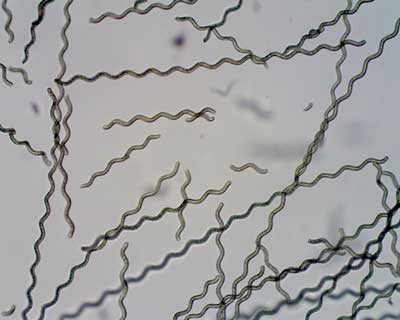 Tiny remotely operated robots could be designed to diagnose and treat illness in hard-to-reach areas of the human body, research suggests.
Tiny remotely operated robots could be designed to diagnose and treat illness in hard-to-reach areas of the human body, research suggests.
Nov 22nd, 2017
Read more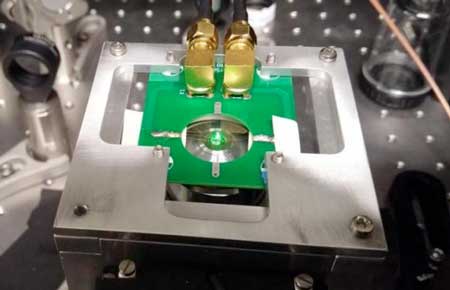 Shooting electrons at diamonds can introduce quantum sensors into them.
Shooting electrons at diamonds can introduce quantum sensors into them.
Nov 22nd, 2017
Read more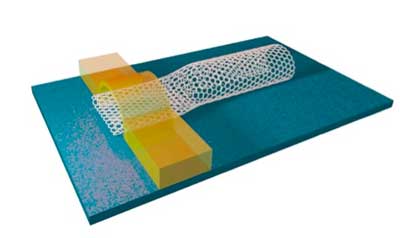 Researchers have shed light on the behavior of electrical contacts in carbon semiconductor nanotubes - a revelation that could pave the way to next-generation electronics.
Researchers have shed light on the behavior of electrical contacts in carbon semiconductor nanotubes - a revelation that could pave the way to next-generation electronics.
Nov 22nd, 2017
Read more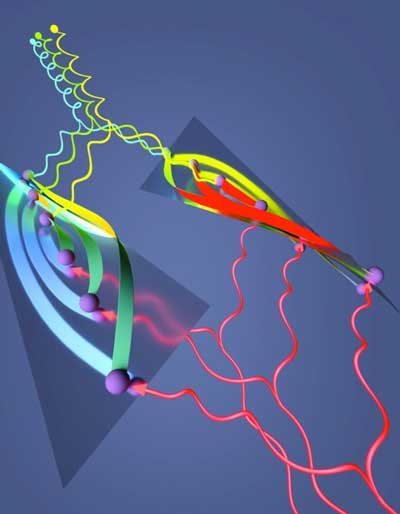 Physicists open the door to the first direct measurement of Berry curvature in solid matter.
Physicists open the door to the first direct measurement of Berry curvature in solid matter.
Nov 22nd, 2017
Read more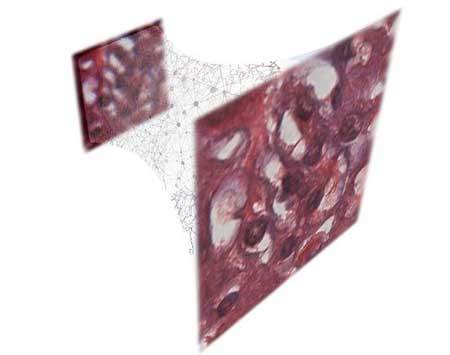 Ability to produce more accurate images more quickly could aid diagnostic medicine.
Ability to produce more accurate images more quickly could aid diagnostic medicine.
Nov 21st, 2017
Read more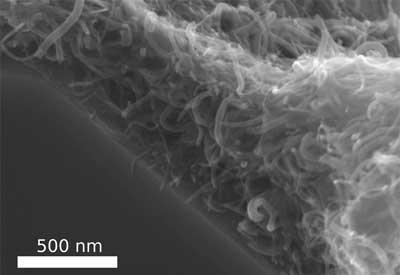 Carbon nanotubes (CNTs) either cannot be combined adequately with other materials, or if they can be combined, they then lose their beneficial properties. Scientists have now developed an alternative method, with which CNTs can be combined with other materials, so that they retain their characteristic properties.
Carbon nanotubes (CNTs) either cannot be combined adequately with other materials, or if they can be combined, they then lose their beneficial properties. Scientists have now developed an alternative method, with which CNTs can be combined with other materials, so that they retain their characteristic properties.
Nov 21st, 2017
Read more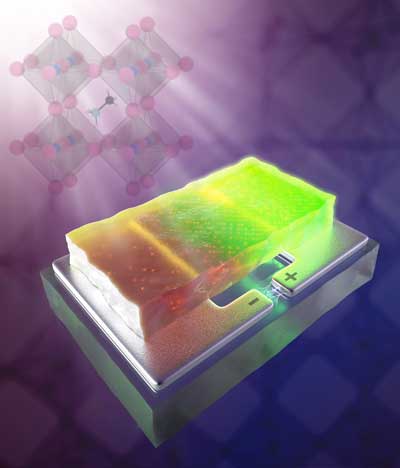 A team of researchers has for the first time observed nanoscale changes deep inside hybrid perovskite crystals that could offer new insights into developing low-cost, high-efficiency solar cells.
A team of researchers has for the first time observed nanoscale changes deep inside hybrid perovskite crystals that could offer new insights into developing low-cost, high-efficiency solar cells.
Nov 21st, 2017
Read more